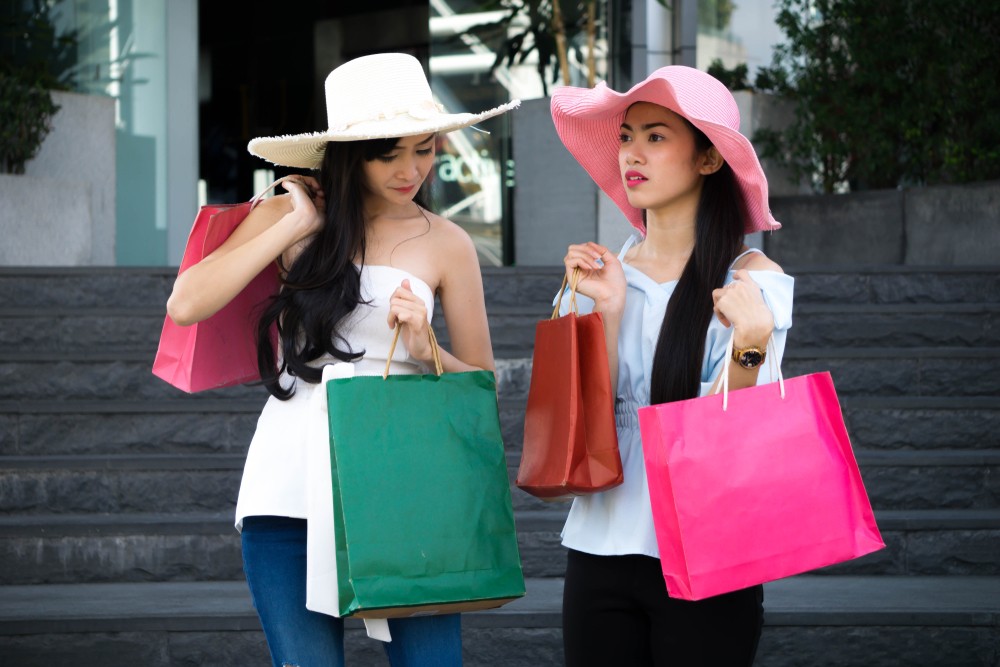By Marco Passoni
The impending return of China’s travelling shoppers is great news for both the travel retail and luxury sectors, but we must recognise that it does not mean the return of the good old days.
Since the reopening of travel borders in the wake of the pandemic, I have been among those advocating for the rebuilding of both the travel retail and luxury markets without their old reliance on Chinese shoppers.
The current status quo – a market without China’s traditional big-spenders – has been a success. We have seen spend in many travel retail sectors grow faster that footfall thanks to ‘revenge shopping’, and luxury brands have flourished, posting impressive growth and financial results. All of this have been achieved with a dedicate focus on brand experience and the delivery of new and exciting concepts in many markets.
Despite the current success, businesses are always looking for new opportunities and the announcement last week that China is set to remove restrictions on international travel was rightly greeted with enthusiasm in both the travel retail and luxury sectors.
The markets welcomed the news too, with luxury leaders LVMH and Richemont seeing share prices rise almost 3% and 4% respectively.
The current status quo – a market without China’s traditional big-spenders – has been a success and this have been achieved with a dedicate focus on brand experience and the delivery of new and exciting concepts in many markets
I understand and share this enthusiasm. Before the pandemic, China’s travelling shoppers were a high-spending demographic whose choices drove and set trends. The loss of their spending power was a blow when travel retail first re-opened and it was one which some businesses did not think they could recover from. So many are pleased to hear news of their return.
But they are not actually returning. The Chinese shoppers who will return to international travel in 2023 are not the same as those whose custom brands and retailers enjoyed before the pandemic.
After three years of keeping all spend and retail activity internal, Chinese shoppers have developed new trends tastes and demands which are entirely their own. This new generation of shoppers, more heavily influenced by Gen Z and Millennials, are also more enabled, more informed and more reactive than they were in the past.
Anyone keeping an eye on luxury developments in China will have seen brands suffer swift backlash from shoppers against brands whose ethics, ideals or ambassadors do not meet the standards of consumers. The digitally-enabled Chinese shoppers can act faster and more cohesively than any others in the world.
The Chinese shoppers who will return to international travel in 2023 are not the same as those whose custom brands and retailers enjoyed before the pandemic
China’s shoppers have always been a demographic which required dedicated treatment, but their expectations are even higher than before – and they are about to be played out on a global scale. And that will happen soon: Data from Trip.com showed that searches for top destinations went up 10 times in China after the end of restrictions was announced.
This underlines the size of the opportunity which is coming. But also the size of the challenge.
The luxury sector and the travel retail sector have built successful and flourishing businesses in the wake of the pandemic, crafted to the needs of non-Chinese shoppers. Those same techniques will not necessarily appease the returning Chinese consumers. But it is foolish to turn away from the success which has been so hard built in the recent months.
What is coming is a juggling act. And it will bring as many challenges for luxury brands as it will opportunities. But the most important thing to remember is that creating a delivering a true, holistic brand experience has been at the root of the current growth and recovery; the return of one demographic of shoppers, no matter how important, should never lead to brands taking their eye off that goal.



